Takuya Fujihashi
RAPTR: Radar-based 3D Pose Estimation using Transformer
Nov 11, 2025Abstract:Radar-based indoor 3D human pose estimation typically relied on fine-grained 3D keypoint labels, which are costly to obtain especially in complex indoor settings involving clutter, occlusions, or multiple people. In this paper, we propose \textbf{RAPTR} (RAdar Pose esTimation using tRansformer) under weak supervision, using only 3D BBox and 2D keypoint labels which are considerably easier and more scalable to collect. Our RAPTR is characterized by a two-stage pose decoder architecture with a pseudo-3D deformable attention to enhance (pose/joint) queries with multi-view radar features: a pose decoder estimates initial 3D poses with a 3D template loss designed to utilize the 3D BBox labels and mitigate depth ambiguities; and a joint decoder refines the initial poses with 2D keypoint labels and a 3D gravity loss. Evaluated on two indoor radar datasets, RAPTR outperforms existing methods, reducing joint position error by $34.3\%$ on HIBER and $76.9\%$ on MMVR. Our implementation is available at https://github.com/merlresearch/radar-pose-transformer.
Range Image-Based Implicit Neural Compression for LiDAR Point Clouds
Apr 24, 2025Abstract:This paper presents a novel scheme to efficiently compress Light Detection and Ranging~(LiDAR) point clouds, enabling high-precision 3D scene archives, and such archives pave the way for a detailed understanding of the corresponding 3D scenes. We focus on 2D range images~(RIs) as a lightweight format for representing 3D LiDAR observations. Although conventional image compression techniques can be adapted to improve compression efficiency for RIs, their practical performance is expected to be limited due to differences in bit precision and the distinct pixel value distribution characteristics between natural images and RIs. We propose a novel implicit neural representation~(INR)--based RI compression method that effectively handles floating-point valued pixels. The proposed method divides RIs into depth and mask images and compresses them using patch-wise and pixel-wise INR architectures with model pruning and quantization, respectively. Experiments on the KITTI dataset show that the proposed method outperforms existing image, point cloud, RI, and INR-based compression methods in terms of 3D reconstruction and detection quality at low bitrates and decoding latency.
Quantum Implicit Neural Compression
Dec 19, 2024Abstract:Signal compression based on implicit neural representation (INR) is an emerging technique to represent multimedia signals with a small number of bits. While INR-based signal compression achieves high-quality reconstruction for relatively low-resolution signals, the accuracy of high-frequency details is significantly degraded with a small model. To improve the compression efficiency of INR, we introduce quantum INR (quINR), which leverages the exponentially rich expressivity of quantum neural networks for data compression. Evaluations using some benchmark datasets show that the proposed quINR-based compression could improve rate-distortion performance in image compression compared with traditional codecs and classic INR-based coding methods, up to 1.2dB gain.
Multi-Band Wi-Fi Neural Dynamic Fusion
Jul 17, 2024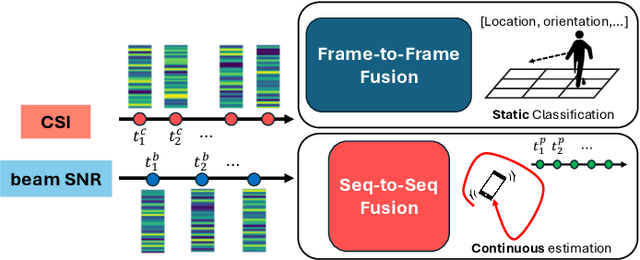
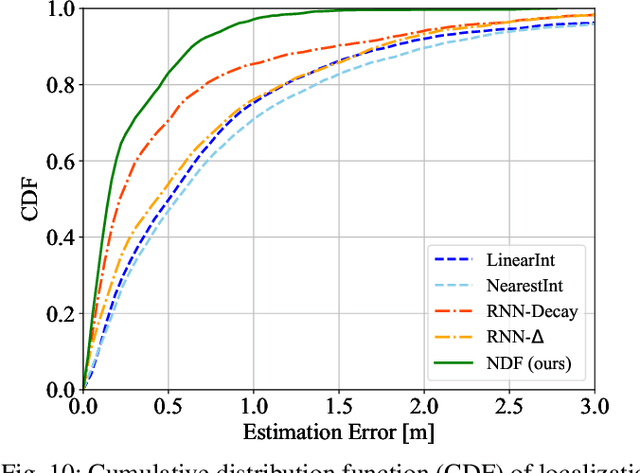
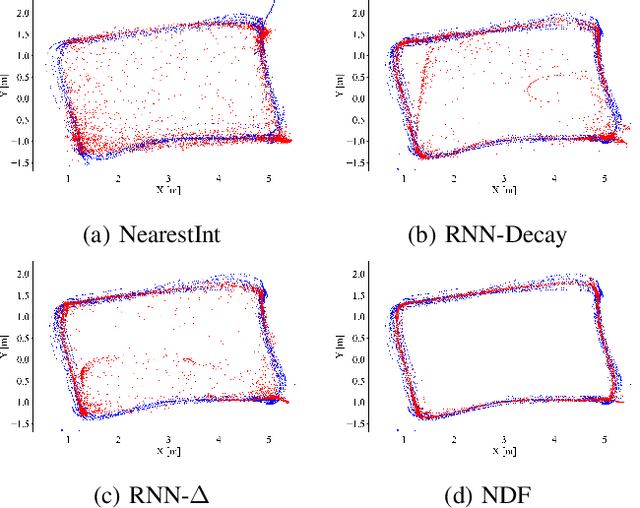

Abstract:Wi-Fi channel measurements across different bands, e.g., sub-7-GHz and 60-GHz bands, are asynchronous due to the uncoordinated nature of distinct standards protocols, e.g., 802.11ac/ax/be and 802.11ad/ay. Multi-band Wi-Fi fusion has been considered before on a frame-to-frame basis for simple classification tasks, which does not require fine-time-scale alignment. In contrast, this paper considers asynchronous sequence-to-sequence fusion between sub-7-GHz channel state information (CSI) and 60-GHz beam signal-to-noise-ratio~(SNR)s for more challenging tasks such as continuous coordinate estimation. To handle the timing disparity between asynchronous multi-band Wi-Fi channel measurements, this paper proposes a multi-band neural dynamic fusion (NDF) framework. This framework uses separate encoders to embed the multi-band Wi-Fi measurement sequences to separate initial latent conditions. Using a continuous-time ordinary differential equation (ODE) modeling, these initial latent conditions are propagated to respective latent states of the multi-band channel measurements at the same time instances for a latent alignment and a post-ODE fusion, and at their original time instances for measurement reconstruction. We derive a customized loss function based on the variational evidence lower bound (ELBO) that balances between the multi-band measurement reconstruction and continuous coordinate estimation. We evaluate the NDF framework using an in-house multi-band Wi-Fi testbed and demonstrate substantial performance improvements over a comprehensive list of single-band and multi-band baseline methods.
CSI2Image: Image Reconstruction from Channel State Information Using Generative Adversarial Networks
Sep 16, 2020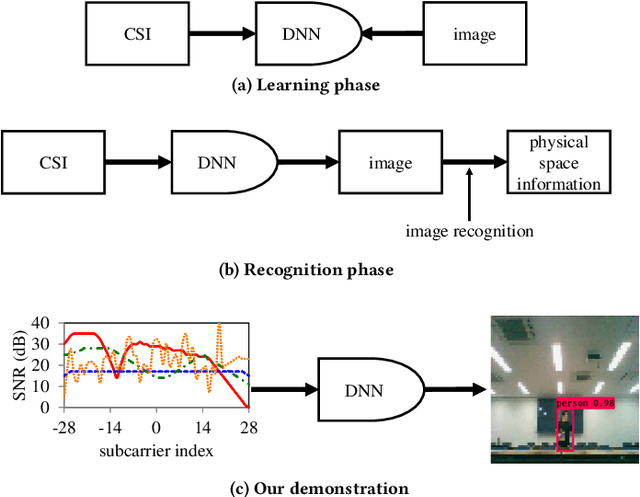
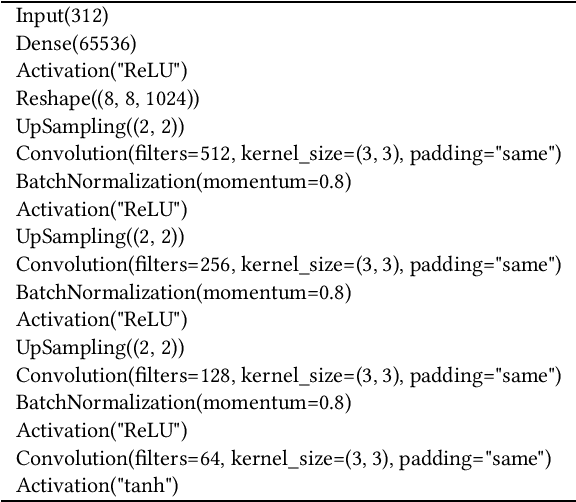
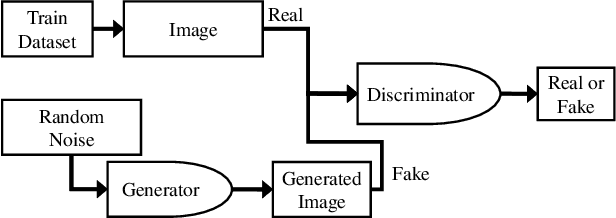
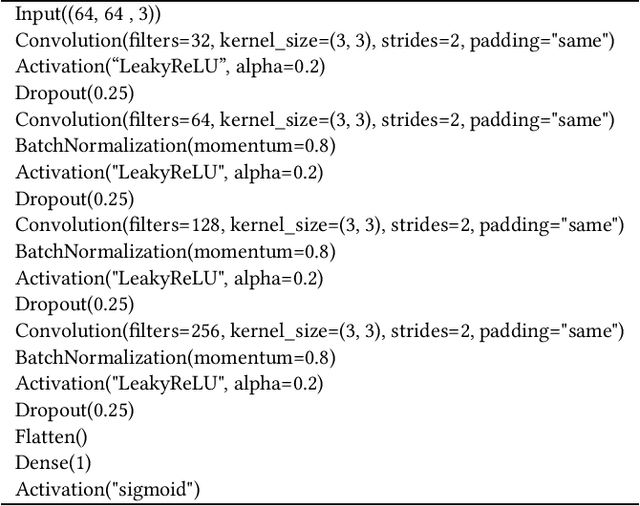
Abstract:This study aims to find the upper limit of the wireless sensing capability of acquiring physical space information. This is a challenging objective, because at present, wireless sensing studies continue to succeed in acquiring novel phenomena. Thus, although a complete answer cannot be obtained yet, a step is taken towards it here. To achieve this, CSI2Image, a novel channel-state-information (CSI)-to-image conversion method based on generative adversarial networks (GANs), is proposed. The type of physical information acquired using wireless sensing can be estimated by checking wheth\-er the reconstructed image captures the desired physical space information. Three types of learning methods are demonstrated: gen\-er\-a\-tor-only learning, GAN-only learning, and hybrid learning. Evaluating the performance of CSI2Image is difficult, because both the clarity of the image and the presence of the desired physical space information must be evaluated. To solve this problem, a quantitative evaluation methodology using an object detection library is also proposed. CSI2Image was implemented using IEEE 802.11ac compressed CSI, and the evaluation results show that the image was successfully reconstructed. The results demonstrate that gen\-er\-a\-tor-only learning is sufficient for simple wireless sensing problems, but in complex wireless sensing problems, GANs are important for reconstructing generalized images with more accurate physical space information.
Wireless 3D Point Cloud Delivery Using Deep Graph Neural Networks
Jun 17, 2020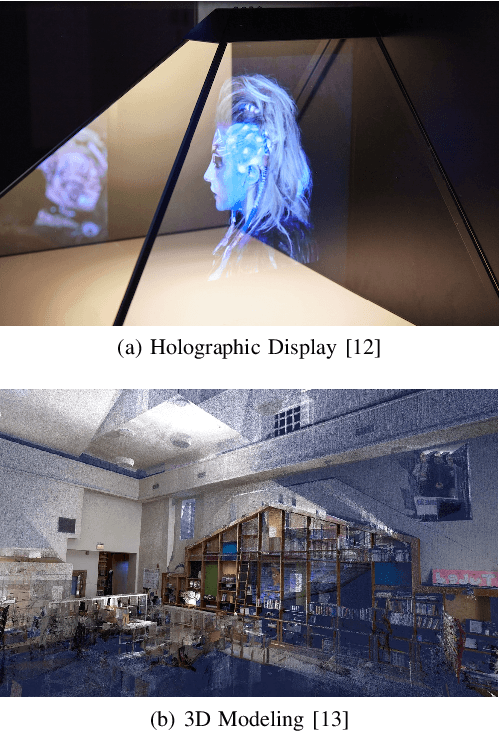
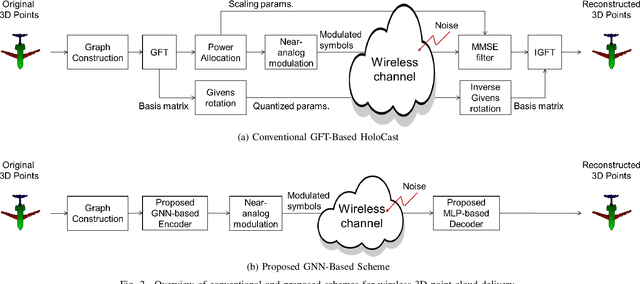

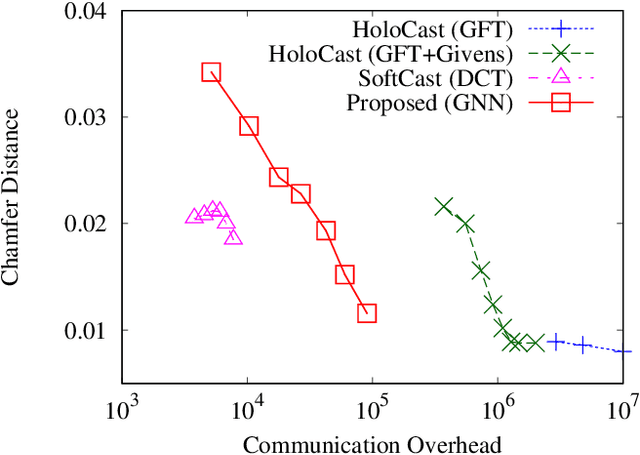
Abstract:In typical point cloud delivery, a sender uses octree-based digital video compression to send three-dimensional (3D) points and color attributes over band-limited links. However, the digital-based schemes have an issue called the cliff effect, where the 3D reconstruction quality will be a step function in terms of wireless channel quality. To prevent the cliff effect subject to channel quality fluctuation, we have proposed soft point cloud delivery called HoloCast. Although the HoloCast realizes graceful quality improvement according to wireless channel quality, it requires large communication overheads. In this paper, we propose a novel scheme for soft point cloud delivery to simultaneously realize better quality and lower communication overheads. The proposed scheme introduces an end-to-end deep learning framework based on graph neural network (GNN) to reconstruct high-quality point clouds from its distorted observation under wireless fading channels. We demonstrate that the proposed GNN-based scheme can reconstruct clean 3D point cloud with low overheads by removing fading and noise effects.
 Add to Chrome
Add to Chrome Add to Firefox
Add to Firefox Add to Edge
Add to Edge